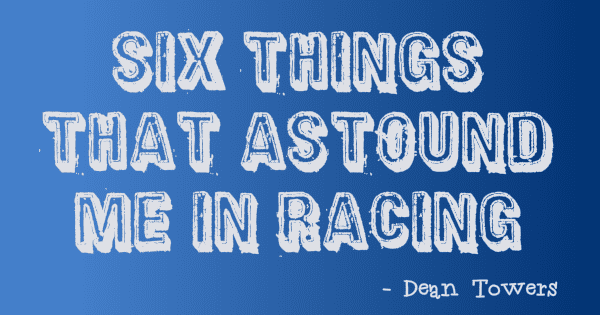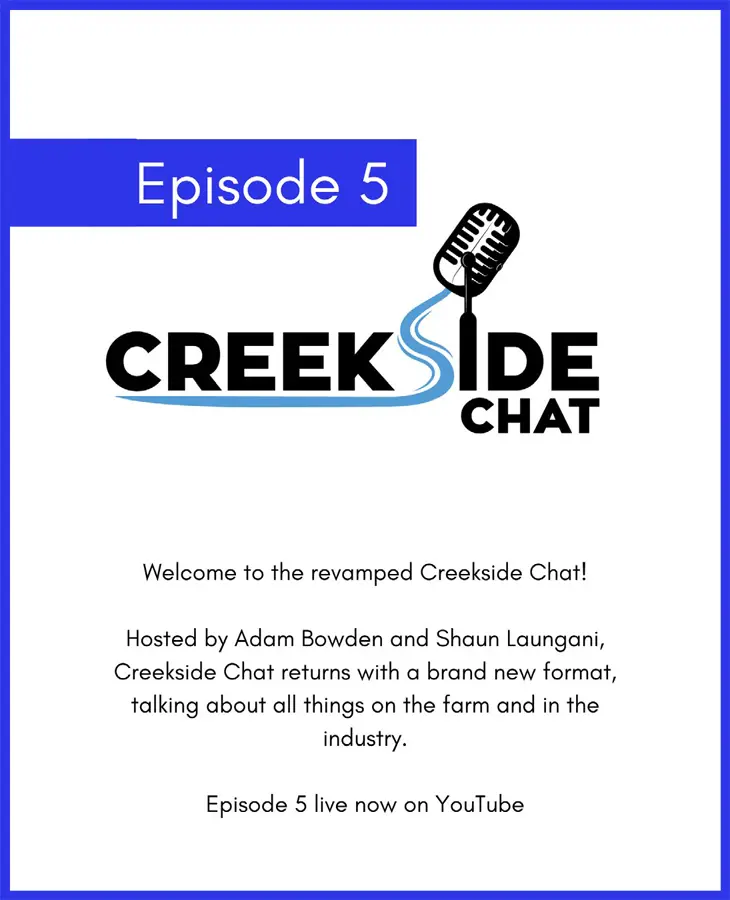
Six Things That Astound Me In Racing
By Dean Towers
Horse racing, especially of the Standardbred variety, rarely ceases to amaze me. Something, somewhere, at some time, tends to be more than interesting; some of it good, some not so good, but it is never boring. I thought I would jot down a few things that amaze, surprise or utterly astound me from time to time.
1. Ron Burke, Your Friendly Neighborhood Stable Management Master: Often times a trainer gets nabbed with a dreaded ‘overage’. Most times it’s a one and done thing; the trainer or vet made a mistake, and everyone is more careful next time. Other times it happens three, four, five or six or more times. In Thoroughbred racing there have been a few high profile trainers with a handful of starters blow up a black box more than once, which sometimes involves legal action, where we hear a “test is flawed”. Sometimes the press runs to these trainers defense as well. You’d think cut off times are like a Rubik’s cube, blowing up a black box is simply random bad luck.
Well, maybe they should meet Ron Burke. Since 2008, Ron has started horses 25,870 times. His horses have paced or trotted at dozens of racetracks, in jurisdictions from Illinois to Ontario, from Pennsylvania to Prince Edward Island. His horses have been tested more than any other trainer in harness racing, or Thoroughbred racing, and it’s not really close. Despite that, you don’t even need one hand to count the number of times his horses tested over for an ‘overage’; to my knowledge he’s never blew up a black, red or blue box. People can rumor-monger about Ron as much as they want, but for your average every day therapeutic drug that some find impossible to manage properly, he runs a tight ship.
2. Apps, With Some Work, They Got Apps! – In the early 2000’s, Indycar racing, after a breakup and in-fight with the IRL, went downhill fast. Sponsors left quicker than people sold their 1978 Pinto, revenues took a major tank and the sport was (probably still is) deader than dead. Despite that, and almost no capital, the Indycar league – a disparate group of car owners – did enough work the past year to sell Verizon as a new sponsor. They didn’t just want money for purses, though, Indycar worked with Verizon to create an Indycar App, and the advertising of it ($5 million worth) was a major part of the deal.
This app has everything you need, including historical races, schedules, driver and team bios etc. It does more than that, however. It also includes all on-board telemetry, cameras, and heart rate monitors. You can also watch the race live.
Horse racing, and harness racing particularly, has, had and will have more money to promote itself than Indycar has. With eleventy trillion dollars (only a slight exaggeration) in slots money, the cash has been there and still is there, but it’s like this sport is run in a vacuum. That is simply astounding to me.
3.No Matter What, We Can’t Shake the Age Thing – With the narrative that horses are somehow physiologically different at age four from five and six year olds, you’d think the Gural Rule was the death of racing, or the New York Times will write a feature about how cruel it is to animals. What a load of hooey.
Horses at three can make some serious money, because the stakes cash for them is spread out, and big. It’s probably tantamount to a college football QB with other worldly stats; there’s a lot of those. But because a horse is a stakes winner at three does not mean he is good enough to be a stakes winner outside the age group, just like plenty of quarterback’s with huge stats won’t even get drafted to the pros. Most horses don’t fail at four because they were four, they fail at four because they weren’t fast enough horses in the first place. In fact, many horses who ‘fail’ at four, fail at age five or six too.
Bolt the Duer excelled at four. He was fast. He wasn’t as good at five and had a bad year. His opposite was Sweet Lou who was good at four, but better at five. Lucan Hanover was not very good at four, but A Rocknroll Dance was. Doo Wop Hanover just set a track record at Tioga in 147.4 at four, besting the old track record of Pet Rock, another four year old. Bee a Magician might be better at five, yes, but she was just handily beaten in the Maxie Lee by Father Patrick, who is four.
Sense a pattern? No? Good, because there isn’t one.
I get there was a time when a star horse turned four, and having to face older vets, it was very hard. It’s not 1960 anymore. Horses are better gaited, easier to break and faster than ever. They season faster, too. If your stakes winning three year old turns four, he might be an overnight horse for the rest of his career and not a stakes horse. It’s just the way it is.
4. A Schedule, My Kingdom for a Schedule – I read that in week one of the upcoming NFL season, the Titans play the Bucs, which will (should) feature Marcus Mariota and Jameis Winston – the top two draft picks – squaring off. Cool. What we won’t have to do is try and figure out when it is, or where I will have to watch it.
In harness racing, it might be the exact opposite. Races aren’t scheduled, and neither are meets. If they were, a big race would not be going off at the same time as six others, and surely a meet like Pocono would not be overlapped by a meet at the Meadowlands. When will tracks get together and do something tangible with scheduling for the good of the sport, and handles? I am not holding my breath.
5. Is the Meadowlands the Only Track that Spends Money? – With the aforementioned eleventy trillion dollars of slot money, it never ceases to amaze me that the big spender on marketing tends to be the Meadowlands, a track without even $1 of slot money.
6. The History and Uniqueness of Harness Racing – I was fortunate enough to read Bob Marks’ and Victoria Howard’s “Meadow Skipper – The Untold Story” this week. The book was interesting, filled with incredible stories, but to me it was much more than that. It really reminded me how much I respect the sport of harness racing.
The people who bred, raced and stood Meadow Skipper’s sire and dam and grandsire and dam; the two year olds at Ben White; the tantalizingly told stories of the Meadow Skipper and Overtrick battles; the Palins, the O’Briens, the Dancers, the Haughtons; people taking chances on dreams; the advancement of the breed; the state fairs, the big dances; the crowds, the horsemanship, the vision of a horse that could be a super-sire for a 100 years.
We – well, I know I do in this column – get lost on the day to day machinations of the sport. But when I take a breath, and study the past, this sports’ history astounds and amazes me. I think I, and maybe some of you too, need to remember that more often.












